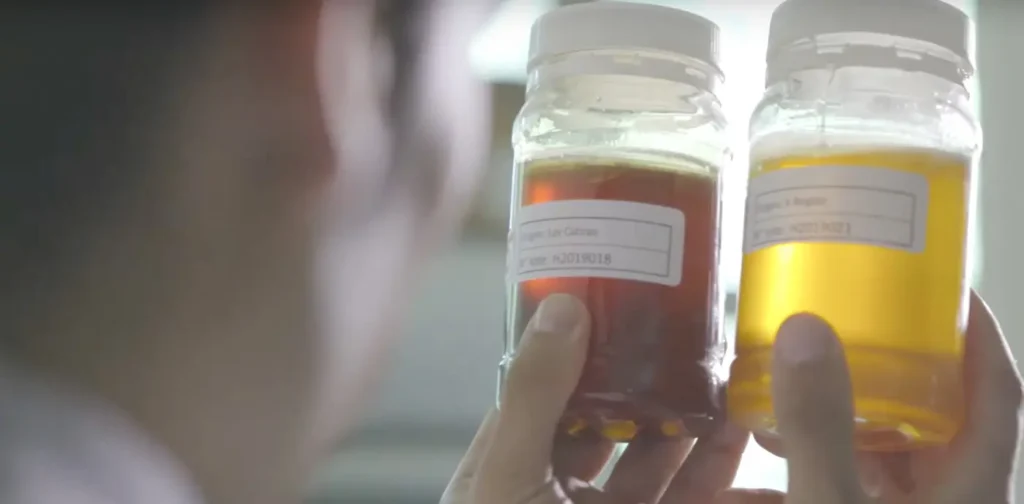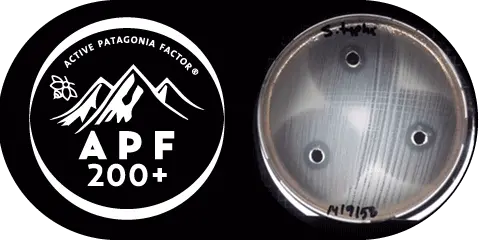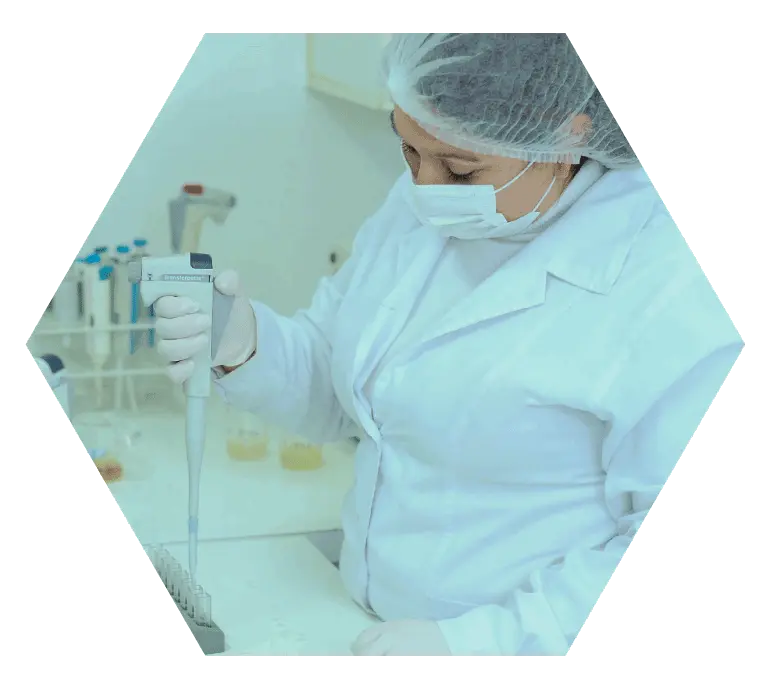Over 30 years investigating honey
The APF Active Patagonia Factor is a scientific method that ensures the antibacterial power of native honey of the Chilean Patagonia.

Our scientific leaders
The scientific method of measuring the activity of honey, APF Active Patagonia Factor, is a result of more that 30 years of research led by Dr. Gloria Montenegro from the prestigious Universidad Católica de Chile.
Gloria Montenergo Rizzardini is a prominent biologist, scientist, Chilean academic and botanic specialist. In 1998 she won the L’Oréal-UNESCO to Women in Science Award and has been studying the properties of native chilean honey for more than 30 years.
The Research

Our research included the analysis of the antimicrobial activity of more than 500 types of honey recollected throughout the Chilean Patagonia in order to determine the locations and botanical environment where is possible obtain this unique, natural and functional honey.
It also included thousands of tests with bacteria and comparisons of traditional antibiotics such as Penicillin and Streptomycin, that assures us the real effectiveness of these honeys.
This allowed the development of an exact method of activity measurement and antimicrobial capacity that can be used in every APF value with different objectives, from boosting the immune system or increase energy levels to curing Ulcers or Gastritis.
How it works
APF honey prevents the adherence of the microbes avoiding the onset of acute infections, both in exposed wounds and in ulcers. Also it prevents the formation of a natural barrier that protects bacteria, making them more susceptible to being eliminated by the active honey.

100+ Active honey example

150+ Active honey example

200+ Active honey example

What makes Chile and Patagonean beekeeping so special?
This allowed the development of an exact method of activity measurement and antimicrobial capacity that can be used in every APF value with different objectives, from boosting the immune system or increase energy levels to curing Ulcers or Gastritis.


Floral Diversity
The reason why there are so many flower species capable of generating honey with high activity in these forests is still being studied. The truth is that the Chilean Patagonia is a place rich in flora and fauna, where native species are born, grow and develop in unique conditions of semi-virgin grounds, in the side of rivers and millenarian lakes, many of them isolated.
Surrounded by geographic advantages
Chile is protected by a dessert in the north, its mountain range in the East, its islands and the Pacific Ocean. This means it’s a clean territory, free of plagues and diseases common in other places.


Strict sanitary control
Through its different control agencies, the Chilean government establishes health and production standards that ensures that the beekeepers obtain a 100% natural and pure honey and that it meets the highest quality standards.

1st Latin American country to ensure food safety by Global Food Security



